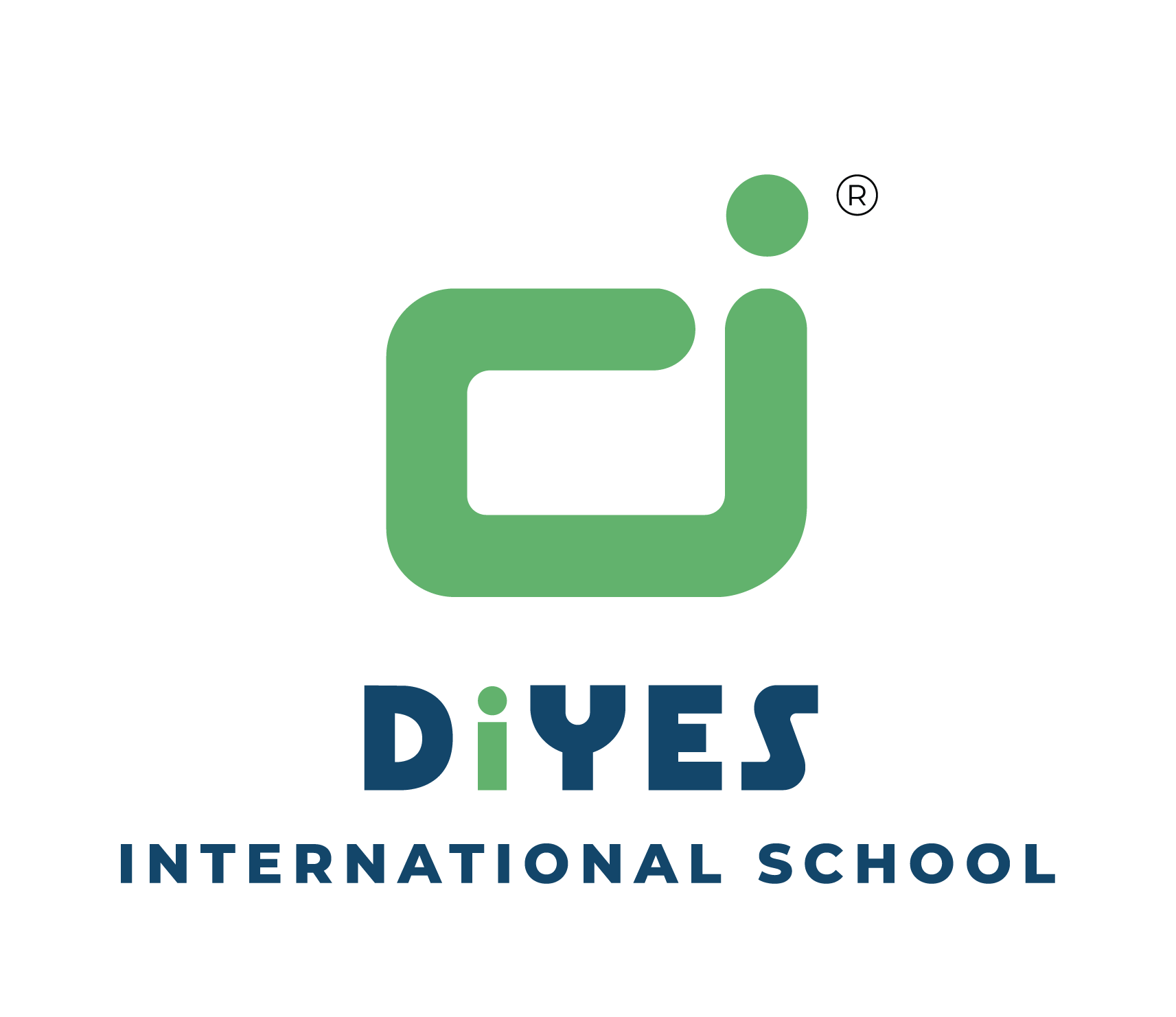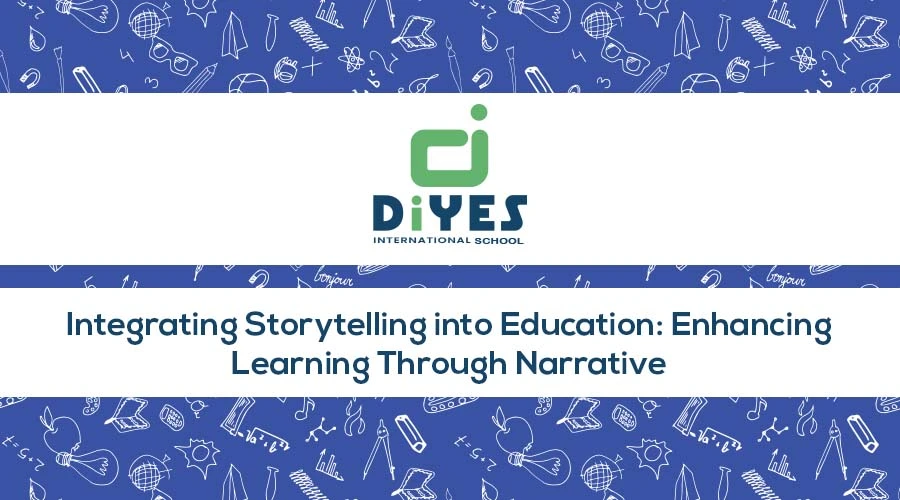Storytelling is an ancient art form that has been used for centuries to entertain, educate, and inspire people. Storytelling can also be a powerful tool for teaching, as it can help students engage with the subject matter, develop their creativity and critical thinking skills, and connect with their emotions and values. In this blog post, we will explore the storytelling method of teaching, the benefits of storytelling in teaching, the importance of storytelling in teaching, and how it can be incorporated in different ways.
Defining Storytelling: A Medium of Narrative Expression
At its core, storytelling is a dynamic and timeless practice encompassing the creation and dissemination of narratives through various mediums, including oral tradition and written composition. These narratives intricately weave together elements such as characters, settings, events, conflicts, and resolutions, crafting a cohesive and immersive experience for the audience. A story typically unfolds with a well-defined structure, featuring a captivating beginning that sets the stage, a compelling middle that builds tension and intrigue, and a satisfying end that offers closure. Importantly, storytelling possesses remarkable flexibility, accommodating both factual accounts and imaginative fiction, or even a harmonious blend of the two. By leveraging the art of storytelling, individuals harness the power of language and imagination to convey emotions, ideas, and messages that resonate deeply with audiences across cultures and generations.
The Importance of Storytelling in Teaching
The storytelling method of teaching stands as a dynamic and impactful approach that enriches the educational experience by harnessing the captivating art of storytelling. These captivating narratives kindle curiosity, amplify understanding, and foster essential skills. Dive into the profound significance of storytelling as we uncover its power to inspire, engage, and forge connections among learners, laying the foundation for an enriching educational odyssey.
- Engagement and Enjoyment: Storytelling captivates students’ attention, transforming the learning process into an engaging and enjoyable journey. By weaving narratives that resonate with students’ curiosity and imagination, educators create an environment where learning becomes an immersive and interactive endeavor.
- Meaningful Understanding: Complex and abstract concepts find clarity through storytelling. By embedding abstract ideas within narratives, students can grasp challenging concepts more easily. This approach helps bridge the gap between theoretical knowledge and real-world applications, facilitating a deeper and more meaningful understanding.
- Emotional Connection: Storytelling evokes emotions and fosters a personal connection to the subject matter. Through relatable characters and situations, students not only comprehend information but also empathize with and relate to the content on a deeper level. This emotional connection enhances learning retention and makes lessons more relevant.
- Critical Thinking and Analysis: Engaging with narratives encourages students to critically analyze and evaluate different perspectives within a story. By questioning, interpreting, and reflecting on narrative elements, students develop essential critical thinking and analytical skills. These skills empower them to dissect information, identify biases, and apply analytical reasoning to real-world scenarios.
- Cultivating Creativity: Storytelling nurtures students’ creativity as they invent characters, settings, and plots. This creative process expands their imaginative thinking, encouraging them to explore new possibilities and develop innovative ideas. Through storytelling, students become active participants in the learning process.
- Effective Communication: Crafting and sharing stories hones students’ communication, research, and presentation skills. As students create narratives, they refine their ability to express ideas effectively, conduct research to enrich their stories and deliver engaging presentations. Storytelling cultivates a platform for collaborative story creation, fostering effective communication and presentation skills.
- Holistic Skill Development: Storytelling serves as a catalyst for holistic skill development. It encompasses communication, research, critical thinking, creativity, and emotional intelligence. By actively engaging in storytelling, students acquire a versatile skill set that prepares them for the complexities of the 21st century.
Incorporating storytelling into education is more than a pedagogical approach; it is a transformative strategy that elevates the learning journey. By harnessing the power of narratives, educators create an enriching environment that resonates deeply with students, fostering a love for learning that extends far beyond the classroom.
Benefits of storytelling in teaching
In this section, we will discuss some of the benefits of storytelling in teaching, such as making the learning more enjoyable and meaningful, fostering the development of various skills and competencies, and promoting the social and emotional learning of the students.
- Making the learning more enjoyable and meaningful: One of the benefits of storytelling in teaching is that it can make the learning process more enjoyable and meaningful for the students. Stories can capture the attention and interest of the students and motivate them to learn more about the topic. Stories can also make learning more memorable and relatable, as they can help the students visualize and understand complex or abstract concepts and relate them to their own experiences and contexts. For example, if you are teaching about the solar system, you can use a story about an astronaut who travels to different planets and encounters various challenges and wonders. This can make the topic more appealing and relevant for the students and help them remember the facts and details better.
- Fostering the development of various skills and competencies: Another benefit of storytelling in teaching is that it can foster the development of various skills and competencies that are essential for the 21st century. Storytelling can help students practice their research, writing, speaking, listening, and presentation skills as they create and share their own stories based on the topic or theme of the lesson. Storytelling can also help students enhance their creativity and imagination as they invent new characters, scenarios, and plots for their stories. Storytelling can also help students improve their critical thinking and problem-solving skills as they analyze and evaluate different stories, perspectives, and arguments. For example, if you are teaching about animals, you can ask the students to write or tell a story about an animal of their choice, using factual information and descriptive language. This can help them practice their research, writing, and speaking skills, as well as their creativity and imagination.
- Promoting the social and emotional learning of the students: A third benefit of storytelling in teaching is that it can promote the social and emotional learning of the students. Storytelling can help students empathize with different people and situations and appreciate diversity and inclusion. Storytelling can also help students express their feelings and opinions and respect those of others. Storytelling can also help students reflect on their own values and actions and inspire them to take action on issues that matter to them. For example, if you are teaching about human rights, you can use stories of people who have experienced or fought for human rights in different contexts and situations. This can help them to empathize with different perspectives and experiences and to think about their own values and actions.
Ways to incorporate storytelling in teaching
In this section, we will explore some of the ways to incorporate storytelling in teaching, such as using stories as a hook or a trigger, encouraging students to create their own stories, or using stories as a catalyst for discussion, reflection, and action.
- Using Stories as Hooks: Begin by employing stories as captivating hooks to introduce new concepts. For instance, in the realm of ancient civilizations, immerse students in the saga of a young explorer stumbling upon concealed ruins, unraveling the enigmas of history. This narrative technique sparks curiosity, motivating students to delve deeper into the world of the past. Stories also provide a pathway to comprehend intricate notions, such as elucidating electricity through the tale of Benjamin Franklin’s kite experiment, making these ideas relatable and indelibly memorable.
- Student-Created Narratives: Encourage students to craft their own stories related to the lesson’s theme. This can be done individually or in groups, adapting to learning goals and student levels. If discussing animals, task students to create stories featuring their chosen creature, backed by research and vivid descriptions. Presenting these stories fosters communication skills and boosts confidence.
- Stories as Catalysts for Action: Leverage stories to spark discussions, reflection, and action on pertinent societal issues. For example, human rights education can incorporate the narratives of individuals who championed these rights. Such stories encourage empathy, critical thinking, and analysis of real-world challenges. Prompt students to reflect on their values and potential contributions to positive change.
Incorporating storytelling empowers educators to craft engaging lessons that resonate with students, fostering holistic learning experiences. These versatile methods captivate, inspire, and propel students on an exciting educational journey.
Conclusion
In this blog post, we have explored some of the benefits of storytelling in teaching, the importance of storytelling in teaching, and how it can be incorporated in different ways. We have seen that storytelling can help teachers introduce new topics or concepts, illustrate or explain complex or abstract ideas, raise awareness, challenge assumptions, stimulate critical thinking, and inspire action on various issues. We have also seen that storytelling can help students engage with the subject matter, develop their creativity and critical thinking skills, connect with their emotions and values, practice their research, writing, and speaking skills, and develop their confidence and communication skills.
DiYES International School is a school that recognizes the value of storytelling in teaching. DiYES International School offers a curriculum that integrates storytelling across different subjects and disciplines.



DiYES International School also provides opportunities for students to create and share their own stories through various platforms and events. DiYES International School aims to foster a culture of storytelling that nurtures the academic, social, emotional, and moral development of its students.
To access more details about DiYES International School, kindly visit our website at www.diyesinternational.edu.in or contact us via phone at +91 8547609000.


